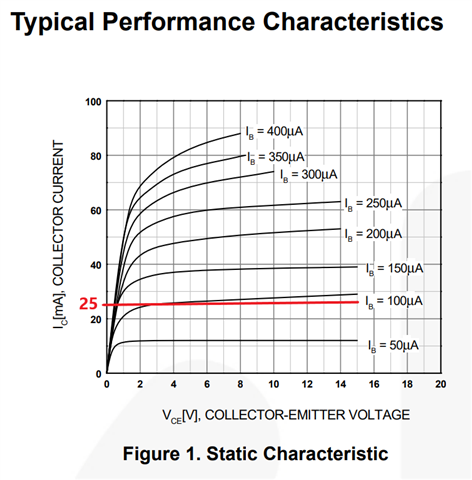Here at our company we have a product that includes a UCC3809DTR-1 SOIC-8 chip in a flyback topology (schematic included). This product is running in the field for quite some time (10+ years) but suddenly we're experiencing a high number of failures from newly manufactured boards. Our EMS partner builds and tests the product and tells us they have a 100% pass rate, however, we experience 75% failure even without load. I've analysed the failures and narrowed it down to this UCC3809 chip. It fails in either of two ways:
- Most commenly it get's hot (60-100 degrees centigrade). Also I measure tens of ohm between the power pins wiht a multimeter after the part died. When it fails like this the transistor used as a crude voltage regulator naturally gets hot aswell.
- Second failure type: the output stays high, driving the switching FET continously which I believe sometimes destroys down-stream components.
In either case, swapping out the UCC3809 for a fresh one solves the problem.
The power supply (24VAC) looks clean on a scope, no spikes, noise to speak of or other transients. The boards even fail without external load.
We didn't experience this in the past but suddenly this is an issue. Could you help me figure out what is going on?
Best regards,
Richard Bekking


